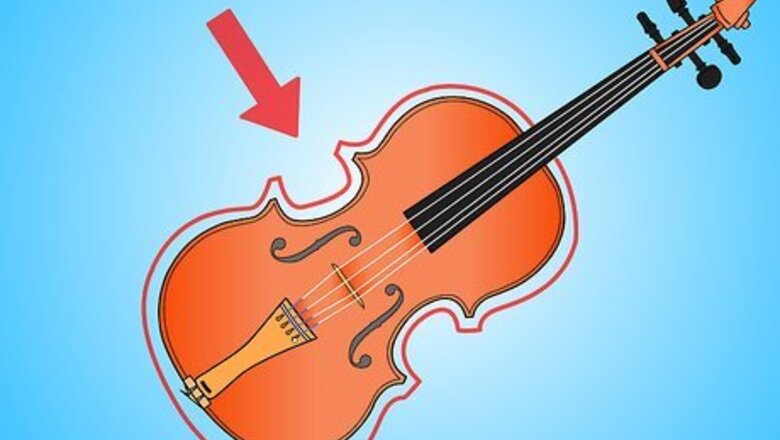
views
The Body of the Violin
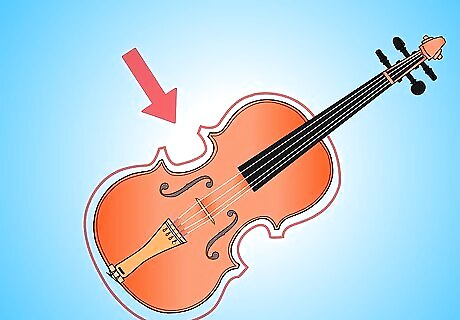
Understand what is meant by referring to the violin's body. The body is the large wooden part of the violin. It vibrates with the strings to make more sound.
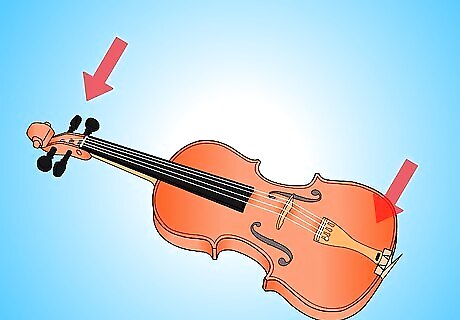
Learn how to locate the front and end parts of the violin body. The neck is the skinny part of the violin between the main body and the nut. This is where the violinist's left hand is placed while playing.Identify the Parts of a Violin Step 2Bullet1.jpg The tailpiece is near the bridge. It houses the fine tuners at the end of each string.Identify the Parts of a Violin Step 2Bullet2.jpg The scroll is the decoratively carved end of the neck of the violin. It is usually shaped like a rolled-up spiral (hence the name). However, some scrolls are carved into the form of a human or animal head.Identify the Parts of a Violin Step 2Bullet3.jpg
The Violin Elements
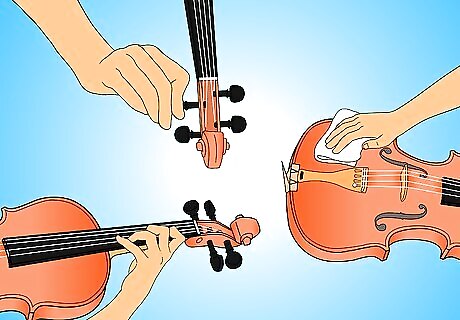
Learn the names and placement of the distinctive elements of the violin. You need to know these so that you can understand what is being asked of you when you're asked to clean, place fingers on, tighten, etc. various parts of the violin. Every beginner violinist must know these names by heart and what they signify.
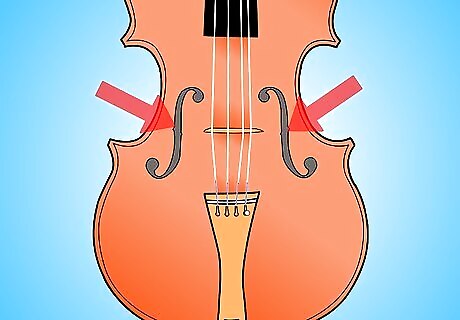
Note what the F-holes do. The f-holes are f shaped holes in the body. These holes are put in place to help amplify the sound and project the acoustics of the violin more.
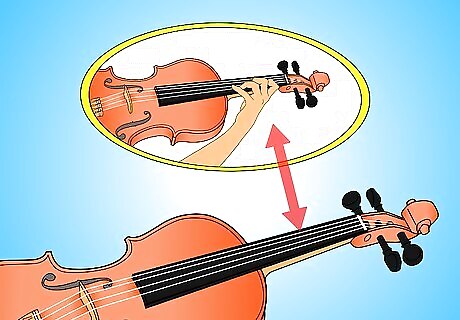
Find the fingerboard. The fingerboard is the long wooden piece touching the peg box. This is where the violinist places his or her fingers to shorten the vibrating section of the strings. If the finger is placed nearer to the bridge, the pitch will be higher. If the finger is placed nearer to the scroll, the pitch will be lower.
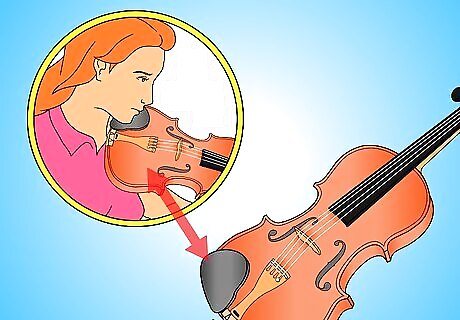
Locate the chin rest. True to it's name, is where the violinist places his or her chin or jaw. this is attached to the bottom of the body.
The Strings
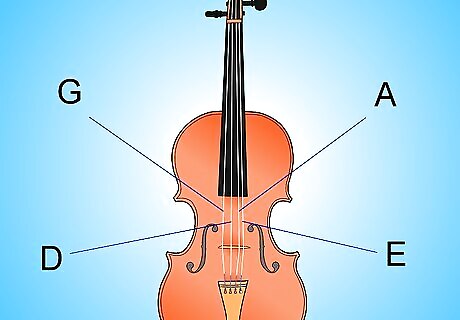
Understand the purpose of the strings on the violin. The strings are where the magic happen. They are usually made out of metal or animal gut. When the violinist uses the bow on the strings or plucks the strings, they vibrate and create the beautiful tones of the violin. Violin strings change in pitch when the tension is changed or a violinist's finger presses on them. The strings from left to right are called: G, D, A, then E (E being the highest in pitch).

Know the terminology applied to parts of the violin directly related to the strings: The bridge is a wooden piece that holds up the strings and carry the vibration of the strings to the body.Identify the Parts of a Violin Step 8Bullet1.jpg The fine tuners are metal screws that change the tension in the strings by small amounts for fine adjustments.Identify the Parts of a Violin Step 8Bullet2.jpg
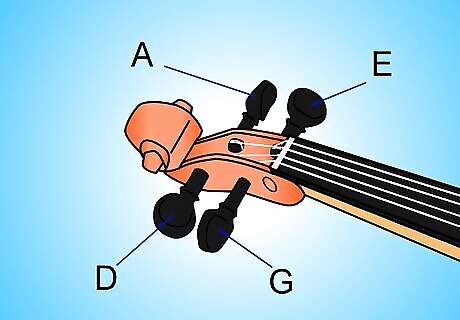
Know how to locate the tuning pegs. There are four tuning pegs near the scroll. These are used to hold the strings in the peg box with friction. They are used to adjust the tension (which changes the pitch) on the four corresponding strings. There are some violins in existence that have mechanical geared pegs, however they are rare and not very popular. Conventionally, the lower left peg holds the G string, the upper left peg holds the D string, the upper right peg holds the A string and the lower right peg holds the E string. Also note the peg box. The peg box is at the end of the finger board. This is where the four strings are wound around the tuning pegs.Identify the Parts of a Violin Step 9Bullet1.jpg The nut is located at the top of the fingerboard near the peg box. The nut helps hold the strings in place over the fingerboard. The nut is sometimes used instead of a finger to limit the vibrating area of the string. Doing so makes a harsher tone than when stopped with a finger.Identify the Parts of a Violin Step 9Bullet2.jpg















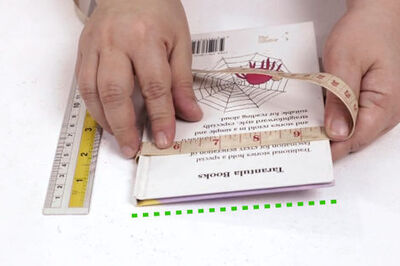


Comments
0 comment